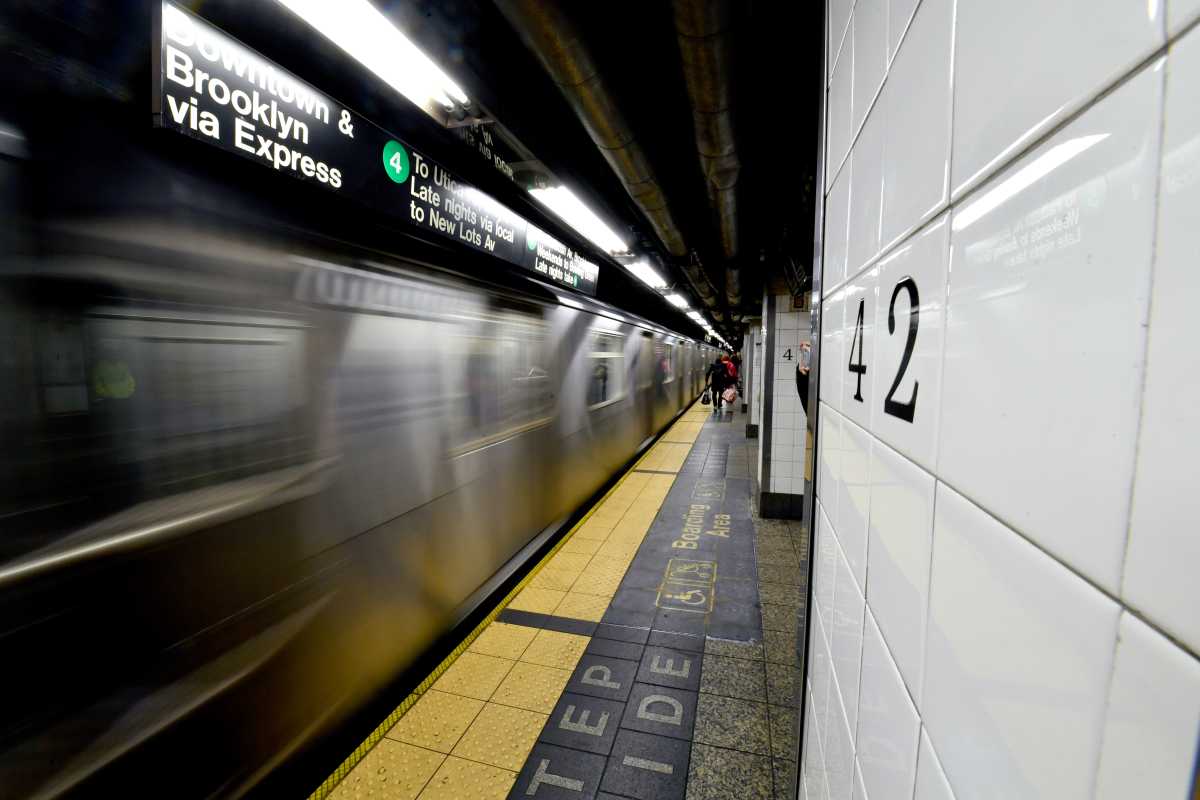The NYC Ferry saw increased ridership in 2019 from the previous year, according to figures released Thursday by the NYC Economic Development Corporation (EDC), which owns the aquatic transport system.
In 2019, 6.3 million people rode NYC Ferry, a 32 percent increase from 2018 and a 38 percent increase from projections made back in 2015, according to Seth Myers, NYC EDC Executive Vice President and Director of Project Implementation. That brings the system’s total ridership number to 14 million since NYC Ferry’s launch in May 2017.
The increase in ridership includes all original routes and those new routes launched in 2018.
Last summer alone saw 2.5 million riders on the system, a 32 percent jump from 2018. Ridership on the four original routes, East River, Rockaway, South Brooklyn and Astoria, increased 15 percent from the previous year.
The Lower East Side and Soundview routes, which both launched in August 2018, had 23 percent ridership increases in fall 2019 over fall 2018.
Myers said he was pleased that the ferry system had seen steady year over year increases in ridership.
“We’re happy to see it become part of the transit fabric of the city,” he said.
NYC Ferry is scheduled to expand its services in the coming years. A St. George route, complementing the free Staten Island Ferry, is set to launch in 2020 and include stops at Vesey Street in Battery Park City and at Midtown West at Pier 79 (West 39th Street). There is no specific date for when in 2020 the new route will launch, Myers said.
A Coney Island route is set to debut in 2021, and a Ferry Point Park stop in the Bronx will be added in 2021 to the Soundview route. Myers added that new ways to improve the system are constantly being explored, such as recently adding early morning ferries on the Rockaway and Soundview routes for those needing to get to work earlier.
“We’re always looking at different ways we can modify the schedule to better serve riders,” Myers said.
Three months ago, the NYC EDC released a report showing that NYC Ferry disproportionately serves upper-middle-class and white New Yorkers. And studies by watchdog groups have shown the system to rely on high subsidies. Myers said the price of an NYC Ferry ride will remain at $2.75, the same as for subways and buses.
In the wake of the report, Myers is hopeful the new services coming over the next two years will bring further diversity in ridership.
“We set out for our ferry system to go where there was demand, and target social inequities of the past where there were waterfront communities that were not served by transit,” Myers said.
He added that outreach is being done to spread word of the ferry services to communities near water, including NYCHA buildings.
The goal is to make NYC Ferry a more equitable system and to better connect New Yorkers, Myers said.
Myers added that, in the city’s past, riding a ferry cost more than the subway and was seen as a recreational diversion. If that’s still a common perception, he observed, “through outreach and education, we want to get to people so they feel it’s part of the city transit system.”
“We’re really proud of our success,” he said of increased rider numbers for 2019. “We enjoy seeing the popularity of it and the high ridership.”
This story first appeared on amny.com.


































